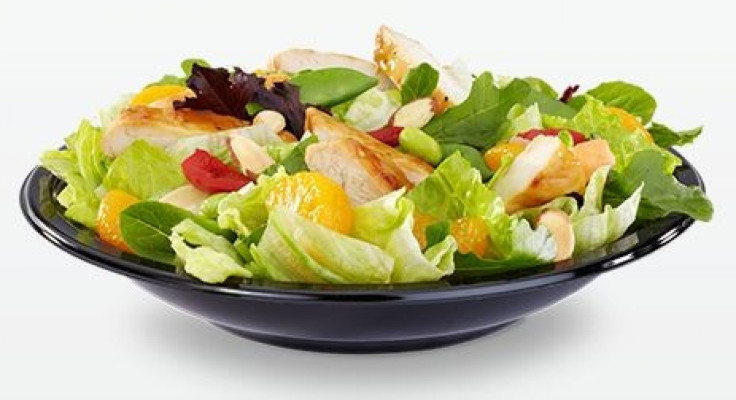Restaurant Calorie Counts Inaccurate: Study

Those low calorie menu items at many restaurants aren't as low as advertised, according to a new study. Findings show restaurants regularly serve customers more calories than what's promoted with low calorie menu options, prompting a lead researcher in the study to call the misleading practice disgusting.
Susan Roberts, director of the Energy Metabolism Laboratory of the USDA Human Nutrition Research Center at Tufts University which conducted the study, says the lowest calorie options on menus at many restaurants throughout the country are on average 100 calories higher than what is promoted on menus
Interestingly, the study revealed that overall -- if higher calorie menu items were averaged out with the actual calories served with lower priced menu items -- restaurants are serving what they say. But diners don't eat all over the menu, and consumers who think they are making wise, healthy choices for lower calorie menu items are actually getting more than they bargained far consistently at restaurants throughout the U.S.
We found huge discrepancies, says Roberts, in Time magazine. Our statistician gave me this analogy: let's say you sell 10-lb. bags of sugar, and you sell 15-lb. bags to your friends and 5-lb. bags to your enemies, and you call them all 10 pounds. The average would be accurate but it wouldn't be fair to individual buyers.
We found that's what may be happening in restaurants. Overall, the main calories on the plate were not very different from what was listed on websites. But low calorie foods that are appropriate for weight control have more calories than listed, and high caloried food have less calories than listed.
In other words, diners who buy a Big Mac and french fries at McDonald's typically get the same amount of calories listed on the menu or less. But diners opting for salads listed with lower calories, for example, frequently get more calories than the menu stated when the food is actually served.
Anybody trying to lose weight or avoid gaining weight -- and that's about 50 percent of the American public -- are ordering the lowest calorie foods when they eat out, so this is an important group of foods for American health, Roberts says in Time. And the information about their calories is inaccurate.
The findings by Roberts and her team at the Energy Metabolism Laboratory are published in the Journal of the American Medical Association. The study was conducted by sampling the calorie counts of 269 food items at 42 fast food and sit-down restaurant national chains, including McDonald's, Olive Garden, Outback, and Boston Market. Samplings were taken in three cities, including Boston, Indianopolis and Little Rock.
Scientists ordered many of the most popular menu items at a variety of restaurants, and they froze the meals and sent them to a laboratory for calorie testing. Overall, if the average of higher calorie menu items was factored along with lower calorie menu items, the restaurants fared well in delivering what the menus promised. But 19 percent of the foods, all of which came from the low-calorie menu category, contained roughly 100 calories more on average than the menu promise.
Suprisingly, perhaps, fast food chains were not the culprits with the most infractions. Sit down restaurants got that distinction.
This turns dieting on it's head, says Roberts, in the Boston Globe, especially if you go to a restaurant and think you're being good by ordering soup or salad.
The National Restaurant Association was pleased that on average restaurants were delivering what menus promise.
We have to keep in mind that restaurant food is hand prepared and it invariably contains variation, says Joy Dubost, spokeswoman for the National Restaurant Association, in the Boston Globe. But with new menu labeling law we know that many restaurant chains are looking to tighten up kitchen quality control standards.
© Copyright IBTimes 2024. All rights reserved.











